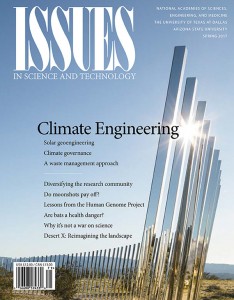.
.
>> From an Article by Elizabeth Kolbert, New Yorker Magazine, November 28, 2022
.
.
“SEEKING NETZERO”
.
.
.
“The gap between wishful thinking and reality is vast. “So observes Vaclav Smil, a professor emeritus at the University of Manitoba. The observation could apply to almost anything; Smil, who has written more than a dozen books about energy and society, is concerned with the gap between the aspiration to fight climate change and the immense on-the-ground effort entailed in actually doing so. Studies that purport to show how the world could radically reduce or eliminate its carbon emissions by one date or another tend, he argues, to presuppose what they claim to be proving.
To arrive at their foregone conclusions, many tech projects are based on a variety of unreliable assumptions — that project renovations can take place very rapidly, or that nonexistent technologies will be deployed at fantastic rates, or that humanity’s ever-growing appetite for energy will suddenly be curbed, or some combination of all three. Smil labels such studies “the academic equivalents of science fiction.”
Everything I have written, from “despair” onward, is vulnerable to Smilian objections. Consider “flight.” It’s possible that, in a few years, Alias ferrying pallets of cargo will zip between regional airports. It’s also possible that electric passenger planes will one day make short hops, between, say, Boston and Hyannis. But that could be the limit. The world’s best-selling passenger plane, the Boeing 737, can transport some two hundred people coast to coast. To electrify such a “flight would require more than eight hundred tons’ worth of current-generation lithium-ion batteries, or four hundred tons of lithium-ion batteries functioning at their maximum theoretical capacity. To get off the runway, though, a 737 can’t weigh more than eighty tons, passengers and crew included. A recent paper by researchers at Carnegie Mellon concluded that the demands of larger aircraft lie beyond the “feasibility limits” of known battery technologies.
Or consider “green concrete.” As promising as CarbiCrete may be, the niche it fills, much like the Alia’s, is a narrow one. Since it has to be cured in chambers filled with concentrated CO2, CarbiCrete can’t be poured at a work site; it can be used only for pre-cast products, such as cinder blocks or patio tiles.
Meanwhile, though the blocks and tiles absorb CO2 as they harden, a great deal of CO2 is released in the process of producing the slag that went into them; globally, the steel industry is responsible for roughly the same number of tons of emissions as the concrete industry — around three billion.
To say that amazing work is being done to combat climate change and to say that almost no progress has been made is not a contradiction; it’s a simple statement of fact. At the time of the Rio summit, fossil fuels provided roughly eighty per cent of the world’s primary energy. Thirty years later, fossil fuels still provide roughly eighty per cent of the world’s primary energy. In the meantime, total global energy use has increased by almost two-thirds. As Smil puts it, “The inertia of large, complex systems is due to their basic energetic and material demands — as well as the scale of their operations.”
#######+++++++#######+++++++#######
See also: Tech Can’t Fix It – The New York Times, Shira Ovide, New York Times, October 14, 2022
Climate Change and other big problems won’t be solved by technology alone. Think about some of the big issues that Americans are facing, in no particular order: the coronavirus pandemic, climate change, disagreements over the appropriate role of government, a reckoning over systemic racism, inequality in wealth and health, increases in homicides and other public safety threats and educational and social safety systems that fail many people.
Technology didn’t cause these problems, nor should we put too much faith that technology can solve them. I worry that when we vilify or glorify what technology and tech companies do, it makes us lose focus on what’s actually important. Technology is part of the solution, perhaps, but mostly we have to find the answers through collective human will and effective action.

